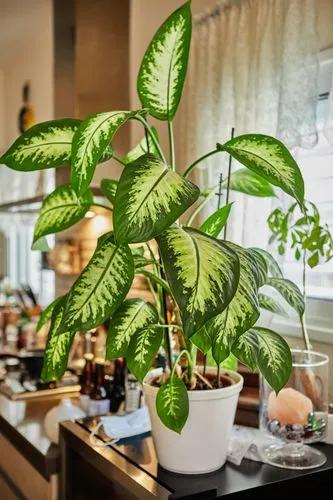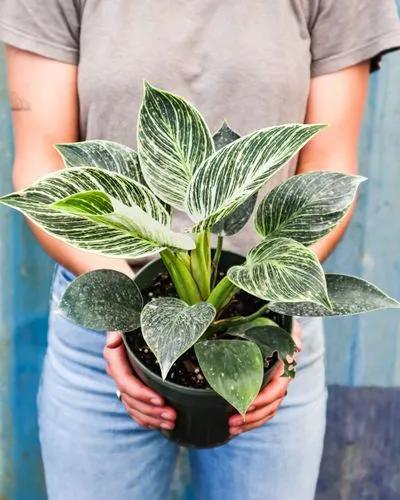Rib-seeded sandmat is native to much of North America including New England, where it is rare where it occurs. It inhabits open, sandy sites plus railroads, roadsides and fields.
Ridge-Seed Spurge Care
Euphorbia glyptosperma



Ridge-seed Spurge, formerly Chamaesyce glyptosperma, is probably the most common and widespread mat forming spurge species in the Midwest and is widely adapted to harsh urban environments, being weedy in compacted lawn areas and cracks of hard pavement. In the metro and southeast counties it frequently shares these habitats with Spotted Spurge (Euphorbia maculata). Characteristics that identify Ridge-seed Spurge from others are the hairless stems, leaves that are not red-spotted and mostly oblong with fine teeth at least on the tip end, and angular seeds with conspicuous transverse ridges. Minnesota has two other hairless, mat-forming Spurges, both of which lack transverse ridges on the seeds: Geyer's Spurge (Euphorbia geyeri), which has toothless leaves, and Thyme-leaved Spurge (Euphorbia serpillifolia), which has leaves usually broadest above the middle and often have a red splotch in the center. The other two mat-forming Spurges in Minnesota, Spotted Spurge (Euphorbia maculata) and Prostrate Spurge (Euphorbia prostrata) both have hairy stems, leaves and capsules. It can be invasive in the US.
This plant is useful.
How to get rid of:
Because of the spotted spurge weed’s mat-like nature, hand pulling is a good option for removing spotted spurge from the lawn or flower beds. Be sure to wear gloves due to the irritating sap. Make sure that you pull this weed before it has a chance to develop seeds; otherwise, it will spread rapidly. After you have hand pulled the spotted spurge, watch for it to start growing again from the tap root. Pull it again as soon as possible. Eventually, the tap root will use up all of its stored energy trying to regrow and will die completely.
Discover more plants with the list below
Popular articles






